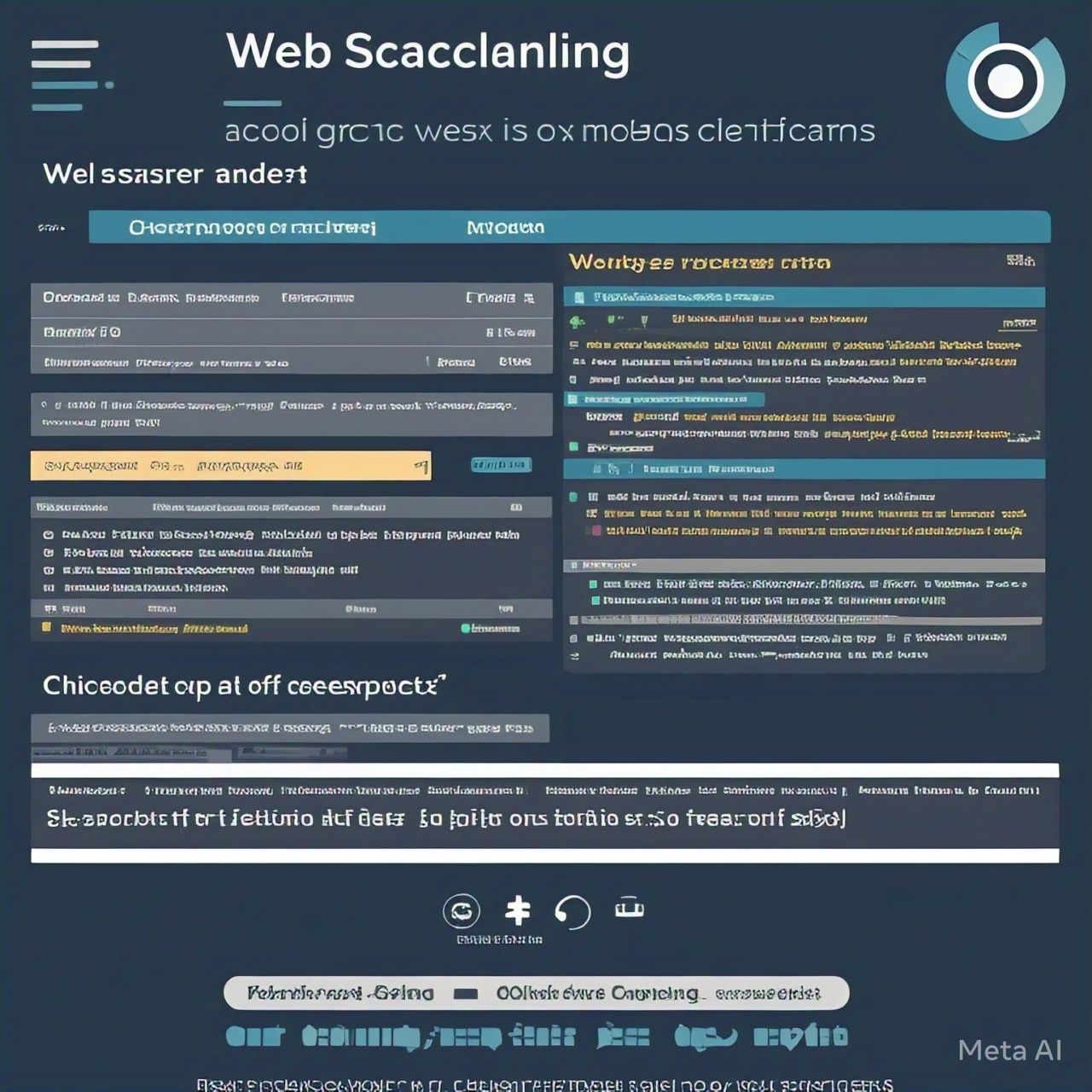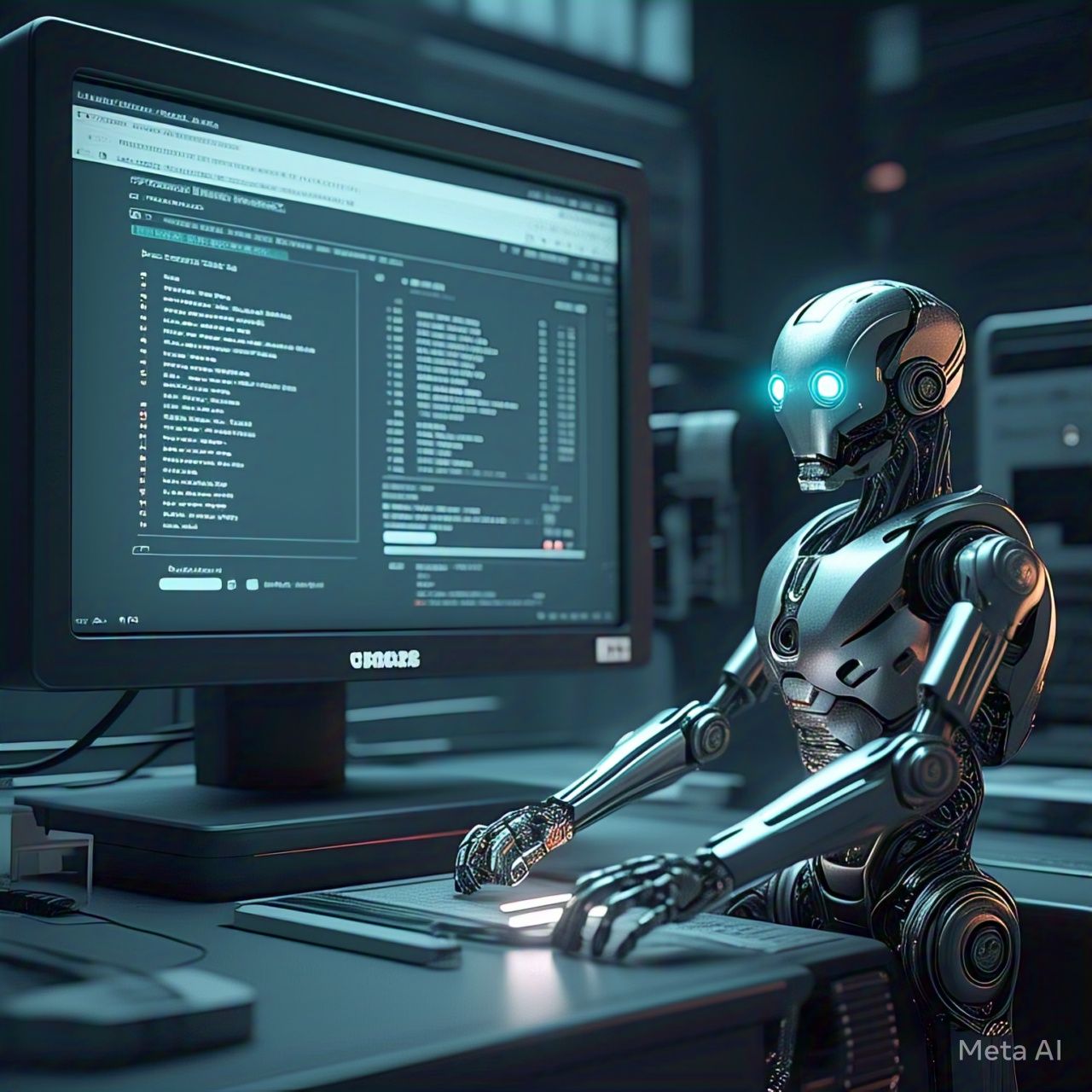Table of Contents
- Introduction
- What Are AI-Powered Chatbots and Virtual Assistants?
- Evolution of Chatbots and Virtual Assistants
- Key Technologies Behind AI Chatbots and Virtual Assistants
- Applications of AI-Powered Chatbots and Virtual Assistants
- Benefits of AI Chatbots and Virtual Assistants
- Challenges and Limitations
- Future Trends in AI Chatbots and Virtual Assistants
- Ethical Considerations
- Conclusion
- FAQs
- References
Introduction
Artificial Intelligence (AI) has significantly transformed human-computer interactions. AI-powered chatbots and virtual assistants have become essential tools in customer service, personal productivity, and enterprise automation. This article explores their evolution, underlying technologies, applications, benefits, challenges, and future prospects.
What Are AI-Powered Chatbots and Virtual Assistants?
AI-powered chatbots are software programs that use natural language processing (NLP) and machine learning (ML) to simulate human-like conversations. Virtual assistants, such as Siri, Alexa, and Google Assistant, go beyond chatbots by integrating with devices and services to perform tasks.
Evolution of Chatbots and Virtual Assistants
| Era | Key Development |
|---|---|
| 1960s | ELIZA, the first chatbot, developed at MIT. |
| 1990s | Rule-based chatbots emerge for customer service. |
| 2000s | AI-driven chatbots with ML and NLP capabilities. |
| 2010s-Present | Rise of voice assistants and deep learning-based chatbots. |
Key Technologies Behind AI Chatbots and Virtual Assistants
Several advanced technologies power AI chatbots and virtual assistants:
- Natural Language Processing (NLP): Enables chatbots to understand and generate human language.
- Machine Learning (ML): Helps chatbots improve responses over time.
- Speech Recognition: Converts spoken language into text for virtual assistants.
- Conversational AI: Enhances user experience by enabling human-like dialogue.
- Cloud Computing: Provides scalable storage and processing power for AI assistants.
Applications of AI-Powered Chatbots and Virtual Assistants
AI-powered chatbots and virtual assistants are used in various domains:
1. Customer Service
- Automated responses to frequently asked questions.
- 24/7 support via AI-driven chatbots.
2. E-Commerce
- Personalized shopping recommendations.
- Virtual shopping assistants.
3. Healthcare
- AI-driven medical chatbots for symptom checking.
- Virtual assistants for appointment scheduling.
4. Finance and Banking
- AI chatbots handle transactions and customer inquiries.
- Fraud detection through conversational analysis.
5. Smart Homes and IoT
- Voice assistants control smart devices.
- Home automation through AI integration.
6. Education
- AI tutors provide personalized learning experiences.
- Automated grading and student assistance.
Benefits of AI Chatbots and Virtual Assistants
| Benefit | Description |
| 24/7 Availability | AI chatbots provide round-the-clock support. |
| Cost Efficiency | Reduces operational costs in customer service. |
| Scalability | Can handle thousands of interactions simultaneously. |
| Personalization | Adapts responses based on user behavior and history. |
| Improved User Experience | Provides quick and relevant answers to queries. |
Challenges and Limitations
Despite their advantages, AI chatbots and virtual assistants face several challenges:
- Understanding Context and Emotion: AI struggles with complex human emotions and sarcasm.
- Data Privacy Concerns: AI assistants collect and store user data, raising security issues.
- Dependence on Training Data: Poor-quality training data can lead to inaccurate responses.
- High Development Costs: Advanced AI chatbot systems require significant investment.
Future Trends in AI Chatbots and Virtual Assistants
The future of AI chatbots and virtual assistants is promising, with several emerging trends:
- More Human-Like Conversations: Improved NLP models for natural dialogue.
- Multimodal Assistants: AI will process text, voice, and images simultaneously.
- Emotion AI: Chatbots that recognize and respond to user emotions.
- Integration with AR and VR: AI assistants in augmented and virtual reality spaces.
- Greater Adoption in Enterprises: AI chatbots will automate business operations and decision-making.
Ethical Considerations
The rise of AI-powered chatbots and virtual assistants brings ethical challenges:
- Bias in AI Models: AI chatbots must be trained on unbiased datasets.
- Transparency: Users should know when they are interacting with AI.
- Privacy Protection: Companies must ensure data security and compliance with regulations.
- AI Governance: Establishing ethical AI usage policies.
Conclusion
AI-powered chatbots and virtual assistants have revolutionized how businesses and individuals interact with technology. Their continuous improvement in NLP, ML, and automation is driving innovation across industries. While challenges exist, advancements in AI will lead to even more intelligent and human-like conversational systems in the future.
FAQs
1. What is the difference between a chatbot and a virtual assistant?
Chatbots are designed for specific tasks and text-based interactions, while virtual assistants can perform multiple functions, including voice interactions and smart device integration.
2. Are AI chatbots replacing human customer service agents?
AI chatbots handle routine queries, but human agents are still needed for complex interactions requiring emotional intelligence.
3. How do AI chatbots improve customer service?
They provide instant responses, reduce wait times, and offer personalized assistance.
4. What are the privacy concerns with AI virtual assistants?
AI assistants collect user data for personalization, raising concerns about data security and misuse.
5. What is the future of AI-powered chatbots?
Future chatbots will have better conversational abilities, emotional intelligence, and integration with advanced AI technologies.
References
- McKinsey & Company. “The Impact of AI Chatbots on Business Automation.” [Online].
- Gartner Research. “Future Trends in AI-Powered Virtual Assistants.” [Online].
- Harvard Business Review. “Ethical Considerations in AI Chatbot Development.” [Online].




